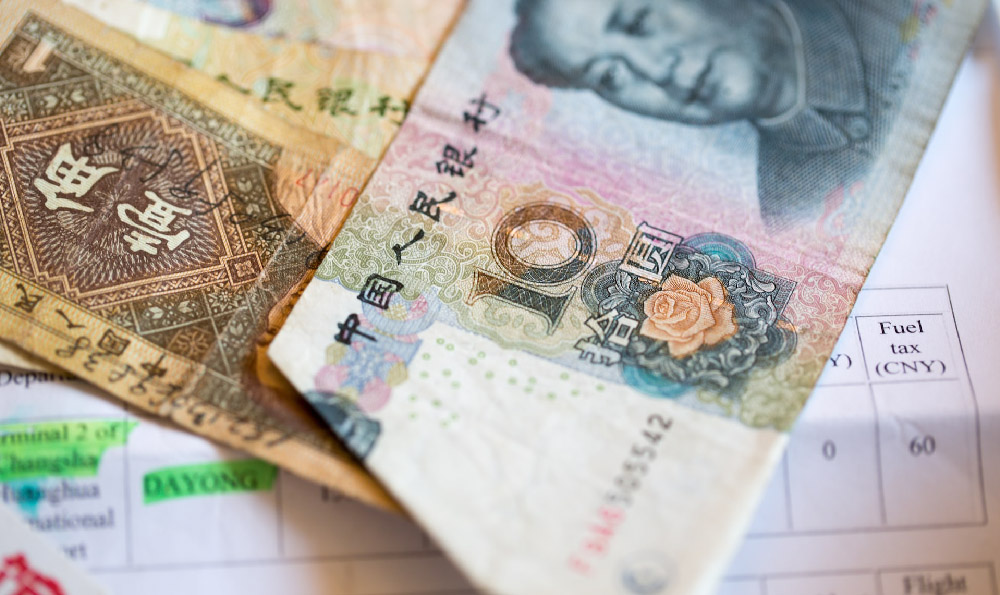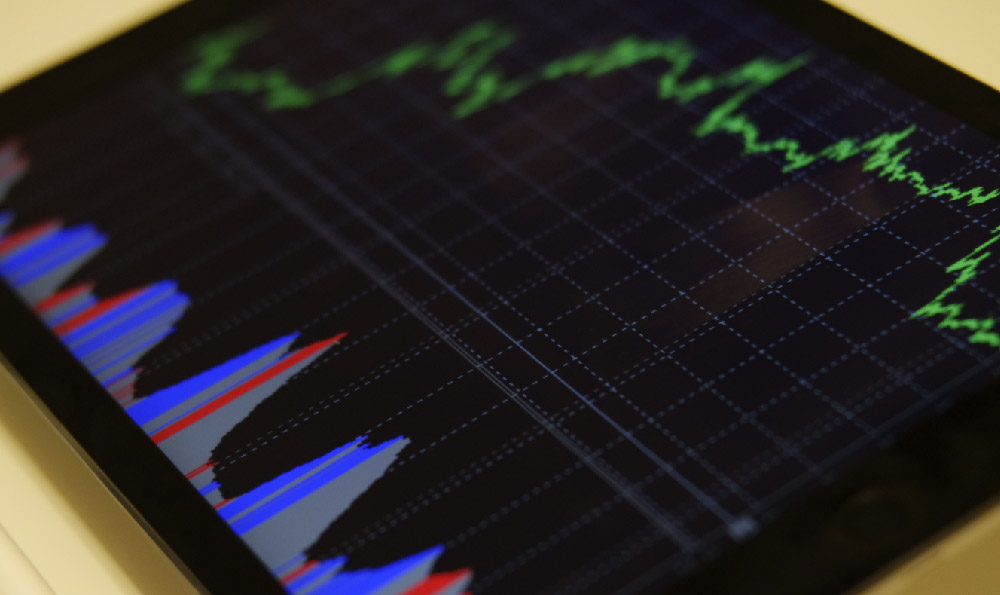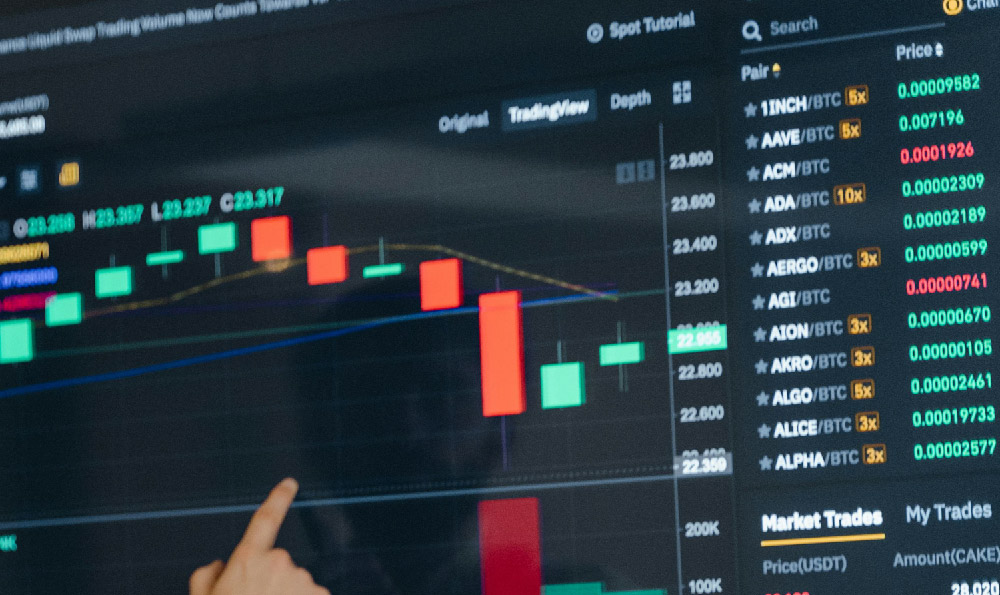How to Make Money in Forex Trading: Best Tips and Strategies

Forex trading, or foreign exchange trading, stands as one of the most dynamic and accessible financial markets globally, offering opportunities for profit through the currency pair fluctuations that occur every day. However, the allure of this market often overshadows the inherent risks, which can be as unpredictable as the market itself. To navigate this complex landscape effectively, countless factors need to be considered, from foundational knowledge to advanced strategies, and from psychological resilience to technological tools. The journey to profit in forex trading is not one of instant gratification but rather a meticulous process that requires continuous learning, disciplined execution, and adaptive thinking. For those who are serious about exploring this avenue, the key lies in understanding the core mechanics of the market, mastering the art of risk management, and applying strategies that align with their financial goals and risk tolerance.
At its core, forex trading revolves around the exchange of one currency for another, with the primary objective of capitalizing on the differences in exchange rates. The market operates 24 hours a day, five days a week, across various time zones, which allows traders to engage in activities at their convenience. However, this accessibility comes with a unique set of challenges, as the market is driven by global economic events, political developments, and even social media trends. Traders must remain vigilant, as even the slightest shift in sentiment can lead to significant price movements. It is essential to start by building a solid understanding of the currency pairs, such as EUR/USD, GBP/JPY, and AUD/USD, and the factors that influence their performance, including interest rates, inflation statistics, trade balances, and geopolitical tensions. This knowledge forms the bedrock of any successful forex strategy, enabling traders to make informed decisions rather than relying solely on intuition or speculation.
Risk management is arguably the most critical component of forex trading. The market is notorious for its volatility, where profits can be made just as quickly as losses can be incurred. Traders must establish rules for managing their exposure, such as setting stop-loss orders to limit potential downturns and sizing positions in a manner that aligns with their risk appetite. A commonly recommended practice is to never risk more than 1-2% of one's trading capital on a single trade, ensuring that no single mistake can lead to catastrophic losses. Additionally, diversifying the portfolio by trading multiple currency pairs or using limit orders can help mitigate the risks associated with overexposure to a single market. It is the discipline in risk management that distinguishes seasoned traders from those who may fall into the trap of overtrading or impulsive decisions.

Strategies in forex trading are diverse and often tailored to the trader's skill set and the time they can dedicate to analysis. Technical analysis, which involves studying historical price data and employing tools such as charts, indicators, and trends, remains a popular approach. Traders who rely on this method often use patterns like head and shoulders, triangles, or flags to predict future price movements. On the other hand, fundamental analysis focuses on macroeconomic factors, including central bank decisions, economic reports, and geopolitical events. The effectiveness of these strategies hinges on the trader's ability to interpret data accurately and act decisively. For instance, a trader using fundamental analysis might closely monitor the Federal Reserve's meeting minutes or the European Central Bank's inflation forecasts to anticipate currency movements.
Beyond technical and fundamental analysis, psychological discipline plays an equally vital role in forex trading. The emotional aspect of trading can often undermine even the best strategies, as fear and greed can lead to irrational decisions. Traders must cultivate a mindset that prioritizes consistency over short-term gains, focusing on long-term growth while avoiding the urge to chase quick profits. Developing a trading plan that includes specific entry and exit criteria can help instill discipline, preventing impulsive actions that might derail progress. Moreover, maintaining emotional stability during periods of market stress requires a combination of mental preparation, physical well-being, and a structured approach to trading.
In addition to these core elements, leveraging technology and staying informed about market news can significantly enhance a trader's performance. Many traders rely on trading platforms equipped with advanced analytical tools, real-time data feeds, and algorithmic strategies to execute trades efficiently. However, technology alone is not sufficient; staying updated with market news, such as central bank announcements or economic indicators, can provide critical insights into currency movements. Traders who combine technological tools with fundamental analysis often find themselves better positioned to anticipate shifts in market sentiment and make timely decisions.
Finally, the key to success in forex trading lies in continuous learning and adaptation. The market is ever-evolving, and what works today may not be effective tomorrow. Traders must commit to ongoing education, whether through books, online courses, or mentorship programs, to refine their skills and stay ahead of market changes. Moreover, the ability to adapt to new information and changing conditions is essential for long-term profitability. By embracing a culture of learning and flexibility, traders can navigate the complexities of the forex market with confidence, turning challenges into opportunities for growth.















